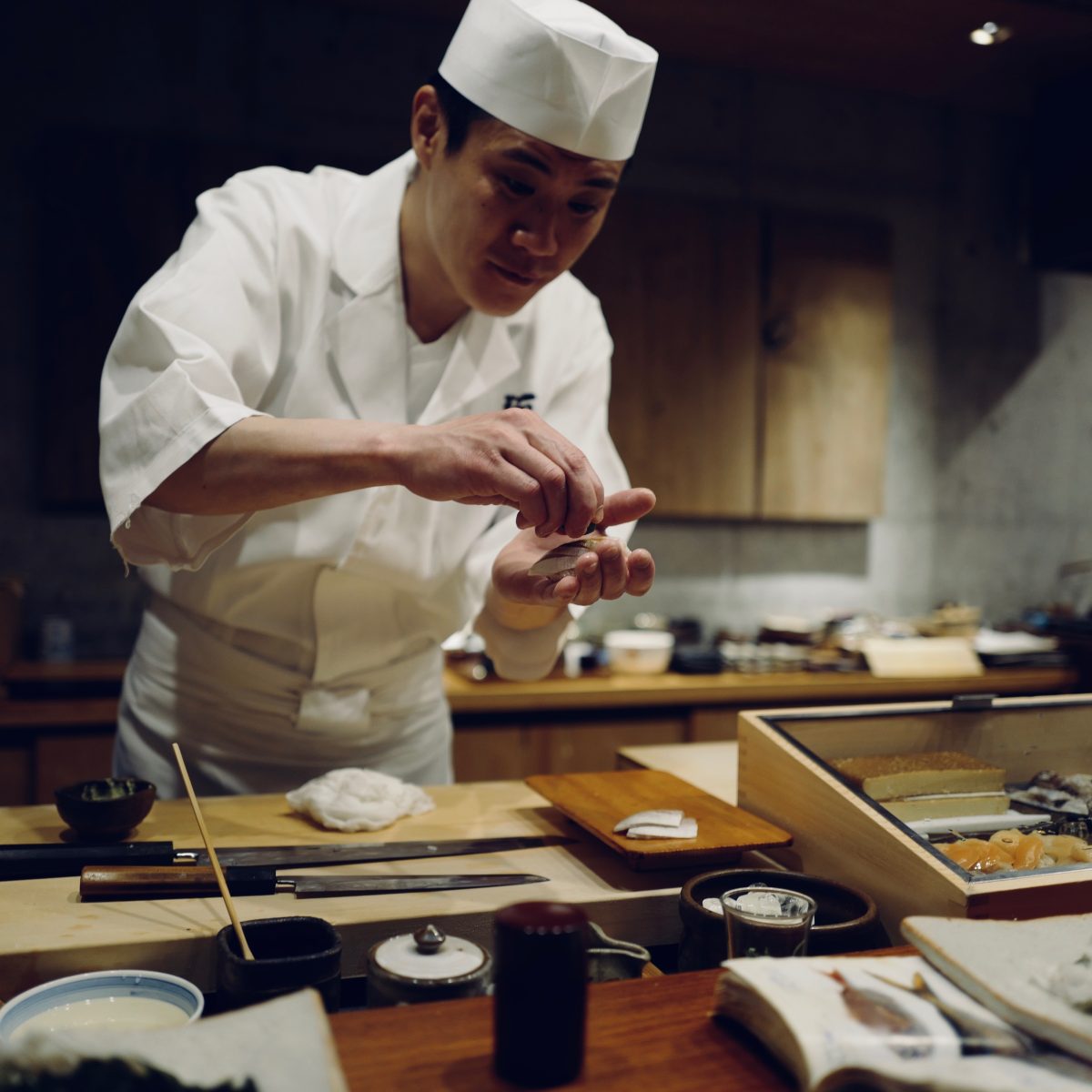Introduction to Japanese Cuisine
Are you a foodie looking to explore new and exciting flavors? Look no further than Japanese cuisine! With its unique blend of fresh ingredients, bold flavors, and stunning presentation, Japanese food is taking the culinary world by storm. From melt-in-your-mouth sushi to savory ramen bowls, there’s something for everyone in this vibrant cuisine. So grab your chopsticks and get ready to embark on a delicious journey through the best of Japanese cooking!
Sushi
Sushi is one of the most popular Japanese dishes in the world. It comes in different varieties, but all have rice as their main ingredient. This rice is usually sticky and mixed with vinegar to give it a tangy taste.
The toppings on sushi can vary from seafood like salmon or tuna, to vegetables like cucumber or avocado. The key to good sushi lies in its freshness – the fish should be caught that day and served immediately.
Sushi is often eaten with soy sauce and wasabi, a green paste made from horseradish root that adds some heat to each bite. One unique way of eating sushi is through conveyor belt restaurants where plates of various types of sushi pass by diners who can pick and choose what they want.
For those who are not fans of raw fish, there are also cooked alternatives such as tamago (sweet egg) or tempura shrimp rolls available at most sushi restaurants.
Whether you’re an adventurous eater looking for something new or a fan of traditional Japanese cuisine, trying out some delicious fresh sushi is definitely worth your while!
Ramen
Ramen is a popular Japanese dish that has gained worldwide recognition. It consists of noodles served in a meat or fish-based broth, often flavored with soy sauce or miso paste. The toppings can range from sliced pork to seaweed and boiled eggs.
The origins of ramen can be traced back to China, where wheat noodles were commonly eaten. In the 20th century, Japan adopted the dish and made it their own by creating unique broths and toppings.
There are various types of ramen depending on the region in Japan they originated from. For instance, Hakata-style ramen features thin noodles in a creamy pork bone-based broth while Sapporo-style ramen has thicker yellow noodles in a miso-based soup.
Ramen has become so popular that it even has its own museum dedicated solely to this dish! The Ramen Museum located outside Tokyo showcases various regional styles of ramen for visitors to try.
Ramen’s popularity continues to grow due to its delicious taste and versatility as a meal option for any time of day.
Tempura
Tempura is a popular Japanese dish that consists of seafood or vegetables deep-fried in a light batter. The word “tempura” actually comes from the Portuguese word “tempero,” which means seasoning. It was introduced to Japan by the Portuguese missionaries who came to Nagasaki in the 16th century.
The secret to making good tempura lies in the batter. The batter should be very cold and airy, with just enough flour to coat the ingredients lightly. A mix of wheat flour, egg yolk, and ice-cold water is used for making tempura batter.
One of the most important aspects of cooking tempura is getting the frying temperature right. The oil must be hot enough (around 170-180°C) so that it crisps up quickly without absorbing too much oil, but not so hot that it burns.
Tempura can be made using a wide variety of ingredients such as shrimp, squid, fish fillets, mushrooms, sweet potatoes and green beans among others. It’s often served with tentsuyu dipping sauce made from dashi broth mixed with soy sauce and mirin.
While this dish may seem simple on its surface level — after all what could be easier than deep-frying battered seafood?—the complexity lies in achieving perfect execution for both texture and flavor balance; crispy yet light pastry paired with perfectly cooked protein or vegetable inside makes Tempura an art form on its own!
Tonkatsu
Tonkatsu is a popular Japanese dish that consists of breaded and deep-fried pork cutlets. The meat is usually tenderized before being coated in panko breadcrumbs and then fried until crispy on the outside and juicy on the inside.
One of the key components of tonkatsu is its sauce, which is typically made from Worcestershire sauce, soy sauce, sugar, vinegar, and sometimes apples or onions. This tangy-sweet sauce complements the savory flavor of the pork perfectly and gives it a unique taste.
While tonkatsu can be enjoyed as an entrée by itself with rice or salad, it’s also commonly used as a filling for sandwiches or served alongside other classic Japanese dishes like miso soup or tempura.
If you’re looking to try making tonkatsu at home, it’s important to note that there are different types of pork cuts that can be used for this dish such as loin or fillet. Cooking time may vary depending on your chosen cut but regardless if you choose a leaner cut like fillet expect less fat content compared to using loin where more marbling occurs leading into richer flavour when cooked.
All in all, Tonkatsu offers an excellent balance between crispy texture along with juicy flavors; no wonder why this dish has become one of Japan’s most beloved culinary offerings!
Yakitori
Yakitori, the Japanese grilled chicken skewers, is a beloved dish that can be found in many restaurants across Japan. These succulent pieces of chicken are marinated in a savory sauce and then grilled to perfection over charcoal. Yakitori is often served with a side of tare sauce or salt for dipping.
Japanese cuisine has so much to offer beyond sushi and ramen. From crispy tempura to juicy tonkatsu and delicious yakitori, there is something for everyone to enjoy. Whether you’re looking for comfort food or an exciting culinary adventure, Japanese cuisine never disappoints.
So next time you have the opportunity to explore Japanese cuisine, don’t hesitate to try out these dishes – your taste buds will thank you!





